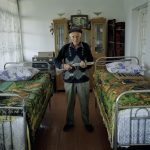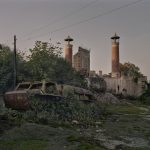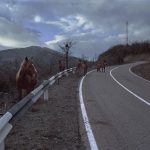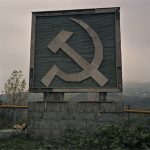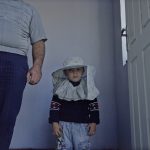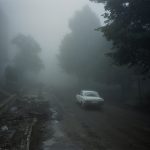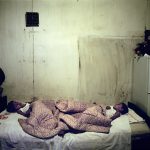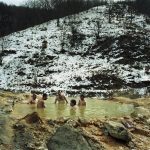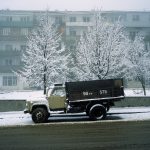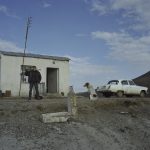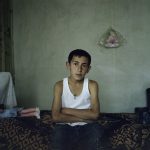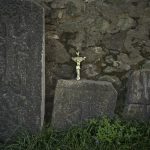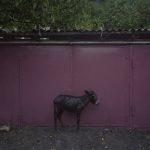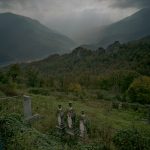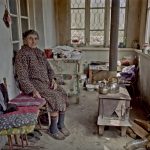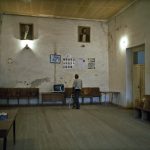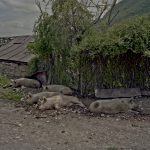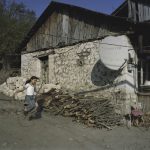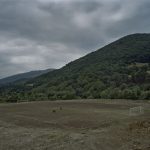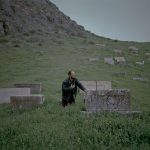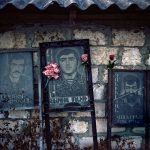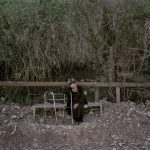This area in the Caucasus, inhabited mostly by Armenians, declared its independence from Azerbaijan at the time of the collapse of the Soviet Union. The following years were characterised by economic crisis, then an open war broke out between Azerbaijan and the Armenian population of Nagorno-Karabah, in which thirty-five thousand people died. The two neighbouring countries are still at war officially, since to this day Azerbaijan claims the province of Nagorno-Karabah, inhabited mostly by Armenians, as their own territory. The aftermath of this war, together with that of the Armenian Holocaust, can still be felt in the everyday life of the people, the new conflict reopened the old wounds. The walls are hung with old photos, the faces reflect sorrow. Weapons are common in many households. Many a times grandparents bring up their grandchildren because part of the generations between them, which are supposed to play a pivotal role in the society, have perished in the war. This situation is worsened and maintained by the fact that there are boundaries between these territories, with unofficial border guards, unofficial stamps, governments and ministers.

